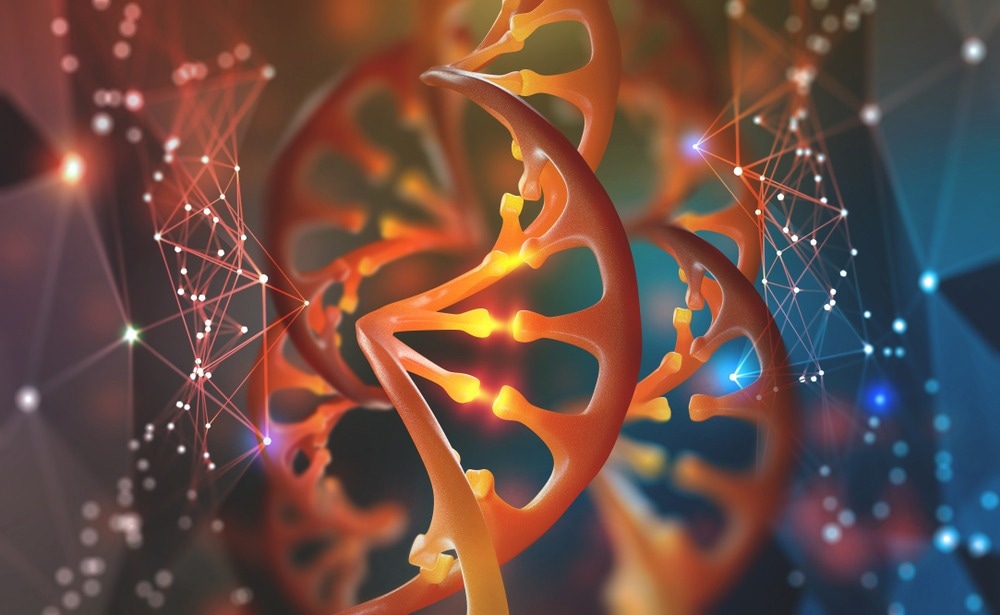Gene therapy has the potential to treat a broad spectrum of diseases caused by genetic mutations. Despite plenty of diverse research in the field, gene therapy has historically only been used to treat a relatively small number of patients, and even fewer have been successfully cured.

Image Credit: Yurchanka Siarhei/Shutterstock.com
Gene therapy—and the whole of biology—has been transformed with the advent of the genetic modification technique known as CRISPR-Cas9 in 2012. It has only started being used in clinical studies to treat some human diseases.
A new CRISPR-Cas9 delivery system based on lipid nanoparticles (LNPs) was created by Haruno Onuma, Yusuke Sato, and Hideyoshi Harashima at Hokkaido University. This technique has the potential to significantly improve the effectiveness of in vivo gene therapy. The Journal of Controlled Release published their findings.
There are broadly two ways of treating diseases with gene therapy; ex vivo, where cells are subjected to the desired modifications in the laboratory and then introduced into the patient, and in vivo, where the treatment is administered to the patient to change the cells in their body. Safe and effective in vivo treatment is the ultimate aspiration of gene therapy, as it would be a straightforward process for patients and healthcare providers. LNPs can function as a vehicle for the safe and effective delivery of such therapies.
Yusuke Sato, Study Corresponding Author and Assistant Professor, Faculty of Pharmaceutical Sciences, Hokkaido University
The Cas9 protein and guide RNA are combined to form the large molecule that constitutes CRISPR-Cas9. The Cas9 protein slices the complementary DNA sequence that the guide RNA attaches to, enabling the modification. To modify a particular DNA sequence, the guide RNA can be modified to target that sequence.
In a previous study, we discovered that additional DNA molecules, called ssODNs, ensure that the CRISPR-Cas9 molecule is loaded into the LNPs (CRISPR-LNPs). In this study, we again used ssODNs, but they were carefully designed so that they would not inhibit the function of the guide RNA.
Hideyoshi Harashima, Study Corresponding Author and Professor, Faculty of Pharmaceutical Sciences, Hokkaido University
They tested the efficiency of the CRISPR-LNPs in mice models using a guide RNA that targets the expression of a protein called transthyretin.
The most efficient method for lowering serum transthyretin was to provide two doses of CRISPR-LNPs with ssODNs that dissociated from the guide RNA at room temperature. This method reduced serum transthyretin by 80%.
We have demonstrated the optimal ssODN sequence affinity that ensures the loading and the release of CRISPR-Cas9 at the target location; and that this system can be used to edit cells in vivo. We will continue to improve the design of ssODNs, as well as to develop optimal lipid formulations to increase the effectiveness of delivery.
Haruno Onuma, Faculty of Pharmaceutical Sciences, Hokkaido University
This research was funded in part by the Hokkaido University Support Program for Frontier Research, the Special Education and Research Expenses from the Ministry of Education, Culture, Sports, Science and Technology, and Terumo Life Science Foundation.
Journal Reference:
Onuma, H., et al. (2023) Lipid nanoparticle-based ribonucleoprotein delivery for in vivo genome editing. Journal of Controlled Release. doi:10.1016/j.jconrel.2023.02.008.